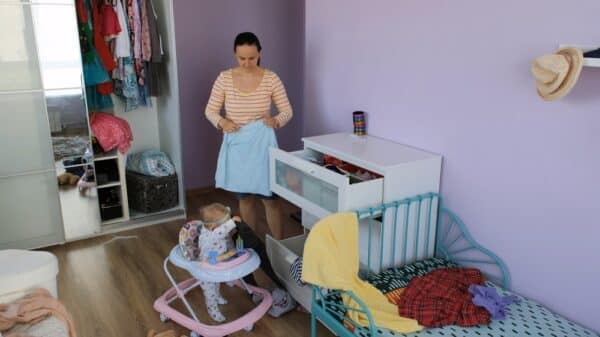Understanding Rejection Therapy
At its core, rejection therapy involves confrontations with the fear of rejection. By willingly placing oneself in situations where rejection is a possibility, individuals can learn to cope with discomfort and anxiety. According to clinical psychologist Samantha Whiten, the essence of this practice is to experience challenging scenarios and recognize that surviving them reduces anxiety over time. It emphasizes that facing disapproval or discomfort is not catastrophic and that being embarrassed does not have lasting repercussions.
Licensed psychotherapist Lorain Moorehead notes that rejection therapy draws inspiration from the book 100 Days of Rejection. It functions similarly to exposure therapy, where repeated encounters with a fear-related stimulus—like rejection—diminish the body’s instinctive stress responses. The key is that each exposure helps desensitize individuals to the fear associated with rejection.
Steps to Practice Rejection Therapy
One appealing aspect of rejection therapy is its accessibility; it can be practiced from the comfort of your own home. Simple exercises can help individuals build their confidence incrementally. For instance, Whiten suggests a playful challenge such as ordering a dish not served at a restaurant. The idea is to withstand the initial discomfort and experience the resulting reactions, regardless of how embarrassing they might seem.
It’s advisable to start with low-stake challenges to avoid feelings of discouragement that may arise from a significant rejection. Moorehead recommends beginning with simple requests and gradually moving to more important inquiries. For example, rather than diving straight into a tough conversation with your boss about a raise, consider asking a coworker to join you for lunch or reaching out to a healthcare provider with questions regarding your health.
Individuals struggling with social anxiety may find it beneficial to invite acquaintances to join them for an activity. Whiten also recommends starting with less familiar people rather than close friends to create a supportive environment for tackling the challenges. Asking new neighbors for a morning walk or suggesting a coffee outing to a coworker are great starting points.
Handling Rejections Gracefully
When attempting rejection therapy, it’s essential to manage expectations and not put excessive pressure on yourself. Start small by making minor requests that carry little consequence. For instance, order your elaborate coffee order inside a café instead of through an app, or call a hair salon for an appointment instead of messaging over social media. Another simple challenge could involve inviting a fellow park-goer for a casual coffee after your kids finish playing.
Should you face rejection—will the mom decline your coffee invitation, or will the salon inform you they’re fully booked?—the goal is to realize that these experiences are not as monumental as they may seem. By normalizing rejection, you build resilience; it helps facilitate understanding that mistakes, awkwardness, or disappointments do not spell disaster.
Building Confidence Through Experience
As you immerse yourself in rejection therapy, you’ll likely notice an increase in self-assurance. The fear that once held you back—whether from embarrassment, anxiety about missteps, or the belief that you would fail—will begin to dissipate. You’ll cultivate a deeper understanding that rejection is merely one aspect of life, not a defining moment.
In conclusion, rejection therapy can play a positive role in addressing anxiety, especially social anxiety. By gradually introducing ourselves to the experience of rejection, we can strengthen our emotional resilience. Whether through small, manageable interactions or more significant endeavors, the path to greater confidence and reduced anxiety lies in confronting our fears head-on.



































